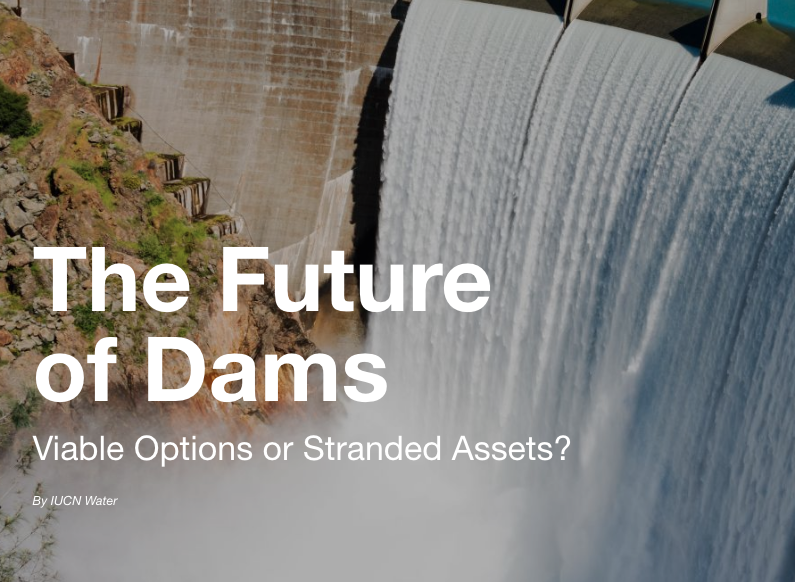The Future of Dams Viable Options or Stranded Assets?
Published on by Water Network Research, Official research team of The Water Network in Non Profit
Since the 1997 IUCN-World Bank study ' Large Dams: Learning from the Past, Looking at the Future ' and the subsequent establishment of the World Commission on Dams , IUCN recognises dams are, for better or worse, an integral part of a post fossil-fuel future in which energy needs are met for all. This story feature reviews global energy needs and explores the challenges and complexities of dams.
 GLOBAL ENERGY NEEDS
GLOBAL ENERGY NEEDS
Global investment in renewable energy declined by 7% in 2017, the largest fall in over 15 years, reported by the International Energy Agency (IEA) 2018 World Energy Investment. Although part of the drop was due to falling costs, making renewable energy sources like solar more affordable, the investment decline still represents a stark warning.

Last year was the first time since 2001 that growth in renewable power capacity failed to increase year on year. New net capacity from solar photovoltaic, wind, hydro, bioenergy, and other renewable power sources increased by about 180 Gigawatts (GW) in 2018, the same as the previous year, according to the International Energy Agency’s latest data.
Whilst global greenhouse gas emissions are set to continue to increase, despite the Paris Agreement, investment in renewable energy sources remains key for ensuring global energy needs are met, whilst keeping CO2 levels in check.

Hydropower remains the largest renewable electricity source. It is predicted to meet 16% of global electricity demand by 2023, followed by wind (6%), solar PV (4%), and bioenergy (3%).
Source: IEA Renewables 2018
Global demand for energy is increasing rapidly, especially in emerging market economies. While accompanied by greater prosperity, rising demand creates energy security concerns as more consumers require ever more energy resources .
Media
Taxonomy
- Dams